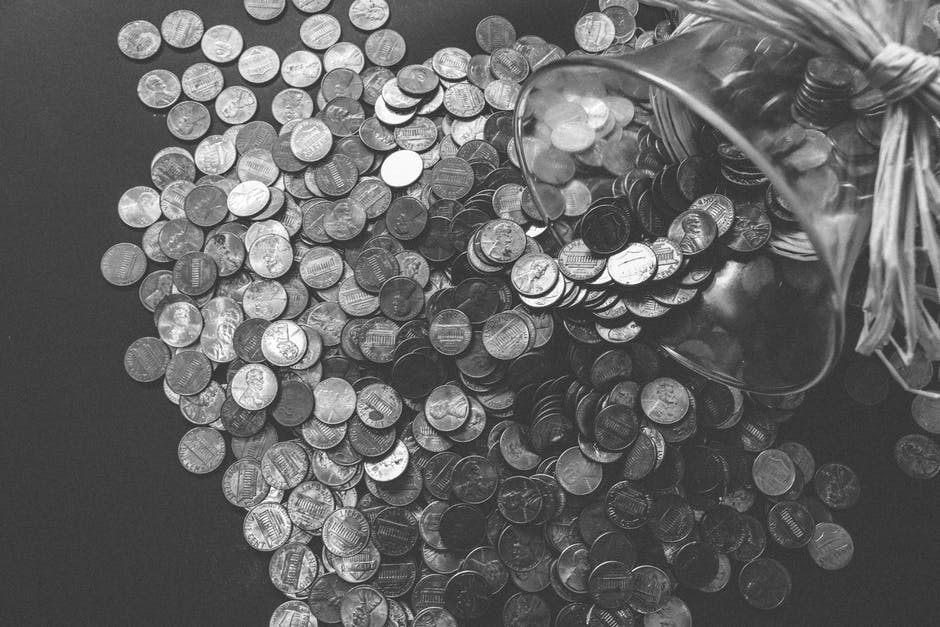
Keep in mind that when you are saving up for a house, you don’t need to save up for the whole value.
Instead, you just need to be able to put a down payment on the property. Once your mortgage starts, you’ll only have to deal with smaller, more manageable monthly payments.
How to Start Saving Up for a House
First things first, you have to determine your budget and set a goal for your down payment. Traditionally, down payments were 20 percent of the offer put on a property: however, the average in 2016 was only six percent.
It’s better to aim for a larger down payment if you can because it means you have to borrow less through a mortgage. The larger your down payment, the less you’ll pay in interest over the next 20 years (or however long your mortgage term is).
For example, if you’re looking to buy a house for $250,000, you should aim for a $50,000 down payment. Once you have that goal in mind, you can begin looking at ways to save (and grow your savings!). You should search for home and land packages in the area you want to live in to determine what is a realistic budget for what you want.
Saving Means Investing (But Avoid Risk!)
While it is possible to reach your down payment goal quicker if you put your money into higher-risk investments, like ETFs, stocks, and REITs, it also means you could lose a significant sum of money. Since we’re talking about saving $50,000 in our example, it makes more sense to prioritize low-risk investments.
You should figure out how much you are able to save each month. In general, you want your minimum savings amount to be about the same size as your mortgage payment. This makes it easier for you to transition your budget to homeownership (and lets you see if you can sustain a lifestyle with a mortgage!)
You can use a mortgage calculator to figure out how much your payments would be.
Look into high-interest savings accounts, which are offered by many banks and financial institutions. While interest rates vary, you can expect to earn around 2 percent – and even more, if you adhere to special conditions that boost that rate, like minimum monthly deposits.
You can also look at government bonds, which offer fixed interest rates over a fixed term. The Australian government offers two types of bonds, one tied to inflation and one that is not, and you can get started with as little as $100.
If you do decide to invest in a riskier investment vehicle, choose something that is relatively stable and pays dividends. Australian banks pay dividends every quarter and are a way to hedge against fluctuations in stock price. You can then stick that money in a savings account, or put it into other investments.
It Takes Time
Saving up for a house is not something that you can rush. The above strategy is a safe and sure way to save a significant sum of money for a down payment. Depending on your current amount of debt, your annual income, and how much you want to save, it may take a few years for you to be able to afford a home.
For more information about developing good financial habits, check out the Work & Productivity section of our site!
